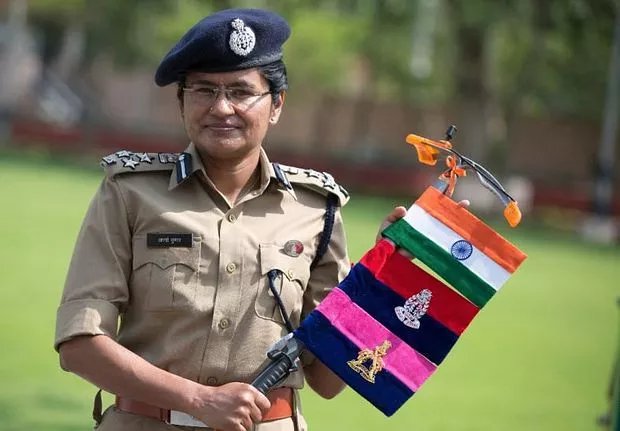IAS and IPS are considered to be the most reputed services in India. Every year, lakhs of aspirants prepare for the civil services exam with a dream of getting into these prestigious services.
The job profiles of both IAS and IPS officers are very different. Here’s a brief comparison of their functions and responsiblities.
IAS
1. As a subdivisional magistrate (SDM) they are incharge of law and order, development and administrative management in the sub-division.
2. As a district officer, collector or deputy commissioner, they perform the same functions as an SDM but are incharge of an entire district.

3. In the State Secretariat they advise elected representatives in the formulation of policies and decision-making on government processes.
4. On deputation in PSUs they become a part of the higher management of various enterprises in the public sector.

5.They deal with policy review, formulation, and implementation at the secretariat level posts for different ministries.

Check Out – List Of Women IPS Officers
6. They can also be deputed to private organizations in the short term, like the United Nations and other international bodies.

IPS
1. They play a crucial role in establishing law and order at the grassroots level.
Although, law and order also comes under the purview of an IAS officer as DM. In that case they need to work together as a team.

2. Their duties include maintenance of public peace and order, crime prevention, investigation, and detection, collection of intelligence, border policing, railway policing, economic offences, corruption in public life, disaster management, enforcement of socio-economic legislation, bio-diversity and protection of environmental laws.

3. They lead and command the Central Police Organizations like the CBI, National Security Guards, Intelligence Bureau, CBI, BSF, Indo Tibetan Border Police and CRPF.

4. They are responsible for the security of VIPs like Chief Ministers and the Prime Minister.
5. In the case of riots or disaster, IPS officers can hold immediate meetings of the armed forces or NDRF to maintain law and order.

6. They lead and command the civil and armed police forces in all the states and union territories.
7. They serve at managerial/policy making levels in the Ministries and Departments of Central and State governments and PSUs.

Both these services have their powers and responsibilities. No one service is powerful than the other. It all depends on the field situation and the IAS and IPS officers together work for the betterment and protection of our people.

















